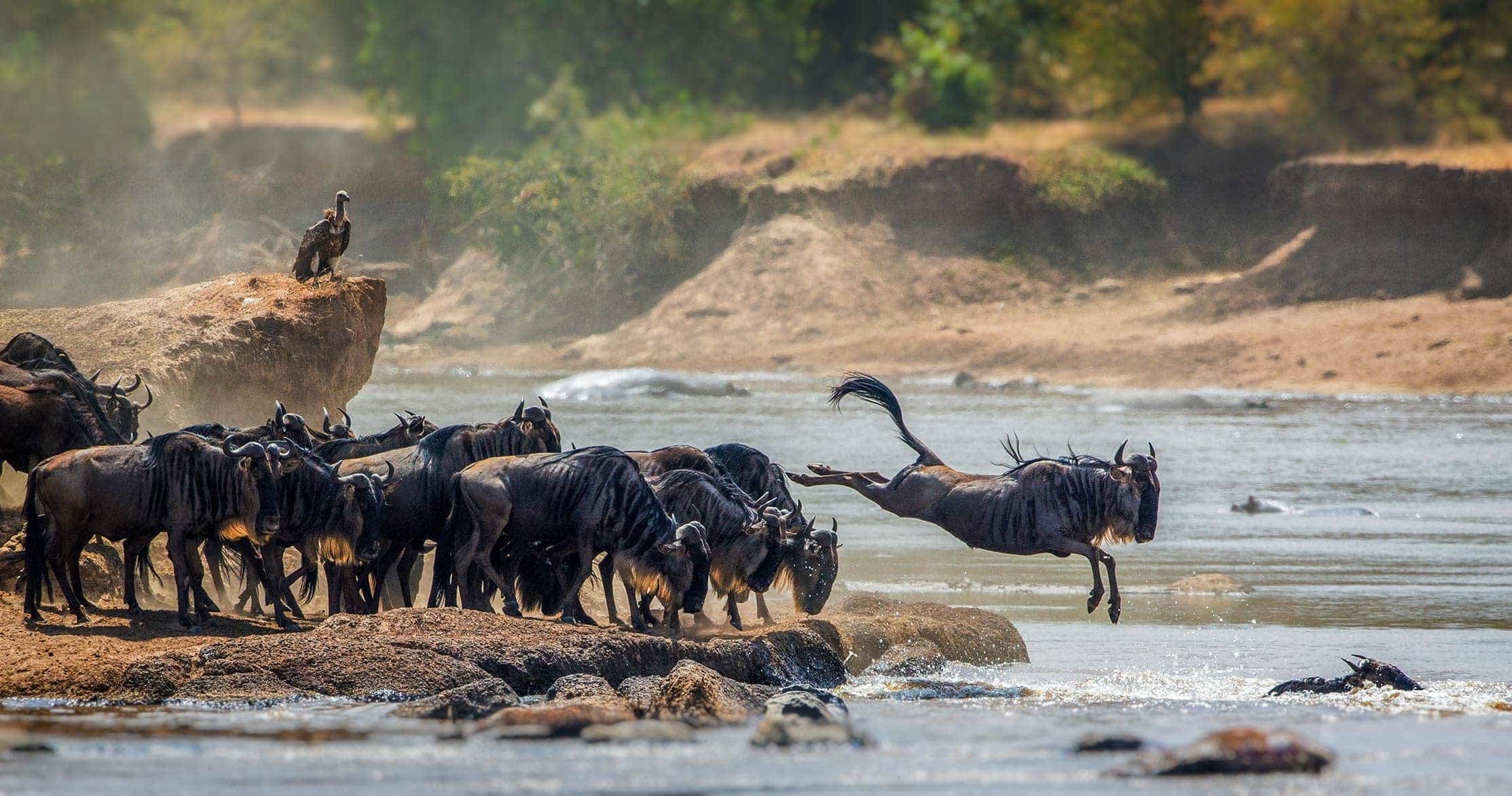Serengeti National Park /Serengeti Park / Serengeti Park Tanzania is undoubtedly the best-known wildlife sanctuary in the world and is therefore unequaled for its natural beauty and scientific value. It has the greatest concentration of plains game in Africa.
Serengeti national park found in the Northern part of Tanzania is one of the national parks of Tanzania that makes the greater North tourist destination. The Northern tourist corridor consists of Ngorongoro Crater, Lake Manyara national park, Tarangire national park, and finally the greater Serengeti National Park.
Serengeti national park/ Serengeti Tanzania national park / Serengeti Park Tanzania was named after the Maasai local word Syringes which means an open endless plain. The park borders Ngorongoro in the South and Maasai Mara in the North creating the greater Serengeti ecosystem.
Before the local communities were resettled in different areas of Ngorongoro, Lake Manyara, and Karatu regions all four Northern parks formed the park/ Serengeti national park Tanzania. Safari in Tanzania without visiting Serengeti is an incomplete trip missing much experience on your trip to Tanzania. The Serengeti national park is not only famous for the great wildebeest migration but also hosts a wide range of different flora and fauna that forms the Serengeti ecosystem.
History
The Serengeti National Park in Tanzania was established in 1952 and so it became home to the greatest wildlife spectacle on earth, – the great migration of wildebeest and zebra. The resident population of lions, cheetahs, elephants, giraffes, and birds is also impressive and due to the fact that it attracts a number of tourists, there is a wide variety of accommodations available, from luxury lodges to mobile camps. The park covers 5,700 sq. miles, (14,763 sq. km) and is, therefore, larger than Connecticut, with at most a couple hundred vehicles driving around.
Historically Serengeti had no Elephants till of recently Elephants come to the park from Neighboring reserves due to population increase and destruction of the animal habitat hence ending up in Serengeti National Park as they were looking for refuge, the population of Serengeti national park can only be experienced on Serengeti safaris or simply Serengeti tours.
The last seen wild dogs in Serengeti was in 1991 till now wild dogs are extinct in Serengeti. The park has over one million wildebeest, thousands of Zebras more than 10 species of Antelopes, and over 500 species of birds not forgetting two species of primates those are Olive Baboons and black-faced monkeys.
Location
Found in the Northern part of Tanzania 7 hours' drive away from the Tourist town of Arusha along the well Tarmac good road that runs crossing different towns like Karatu and others. Our drive continues passing through a scenic view of the Great Rift Valley in Lake Manyara national park popularly known for the tree-climbing lions, watching baboons matching along the road termed “School boys going to school”.
The drive is much worth driving as you see high cliffs of the results of Volcanicity, stop at the viewing point of Lake Manyara at the high cliff, and take enough aerial pictures of the park. After reaching Karatu we will enter the Ngorongoro crater where we get our clearance as we pay transit fees to pass through this unique beautiful park.
Our second stop is at Ngorongoro crater viewpoint where we have the best aerial view of the crater with your good camera and binoculars you see animals down the crater which rises to 600 meters deep. It’s very scenic as the forests cover the area with cold fresh air at this point, free wife thanks to the management of Ngorongoro Conservation Area Authorities who make it possible for our dear guests to share live videos at this point, especially social media.
Sections Of Serengeti

The Sections of Serengeti are three. The popular southern/central part (Seronera Valley), is what the Maasai called the “Serengeti”, the land of endless plains. It’s classic Savannah, dotted with acacias and filled with wildlife. The western corridor is marked by the Grumeti River and has more forests and dense bushes. The north, Lobo area, which meets up with Kenya’s Masai Mara Reserve, is the least visited section. Two World Heritage Sites and two Biosphere Reserves have been established within the 30,000 km² region. Its unique ecosystem has inspired writers from Ernest Hemingway to Peter Matthiessen, filmmakers like Hugo von Lawick and Alan Root as well as numerous photographers and scientists – many of which have put their works at our disposal to create this website.
The ecosystem in Serengeti Park
The Serengeti ecosystem is one of the oldest on Earth. The essential features of climate, vegetation, and fauna have barely changed in the past million years. Early man himself made an appearance in Olduvai Gorge about two million years ago. Some patterns of life, death, adaptation, and migration are as old as the hills themselves. It is the migration for which Serengeti is perhaps most famous. Over a million wildebeest and about 200,000 zebras flow south from the northern hills to the southern plains for the short rains every October and November and then swirl west and north after the long rains in April, May, and June. So strong is the ancient instinct to move that no drought, gorge, or crocodile-infested river can hold them back. The Wildebeest travel through a variety of parks, reserves, and protected areas and through a variety of habitats. Join us to explore the different forms of vegetation and landscapes of the Serengeti ecosystem and meet some of their most fascinating inhabitants.
Attractions in Serengeti National Park
Serengeti National Park is blessed with a vast variety of attractions that see a number of travelers visiting the national park throughout the year. Some of the major attractions in the Serengeti National Park include:
The wildlife, Bird Species, Wildebeest Migration, Maasai People & Their Culture, Olduvai Gorge, Moru Kopjes, Retina Hippo Pool, Grumeti River, and Seronera River Valley.
GALLERY




